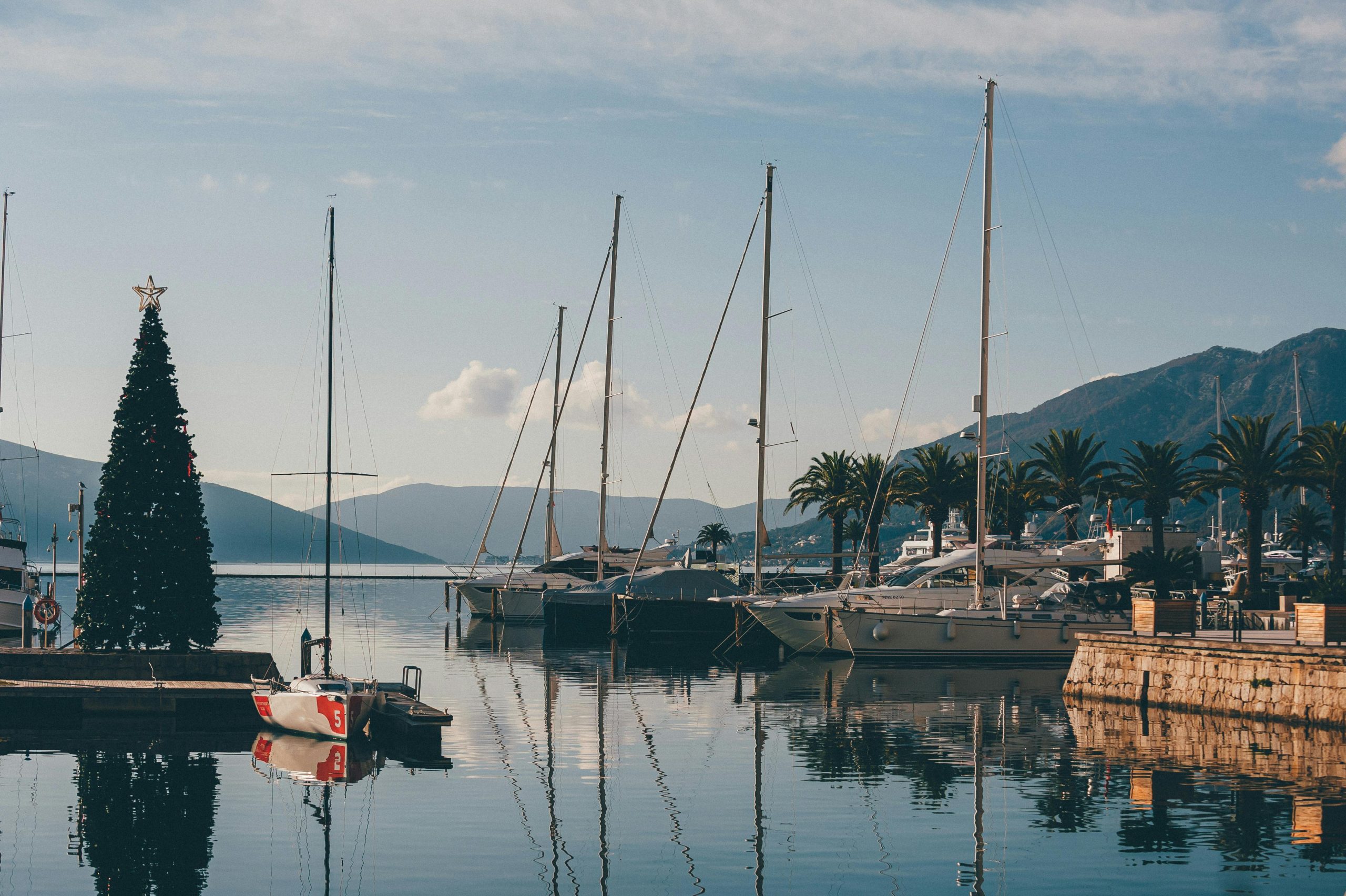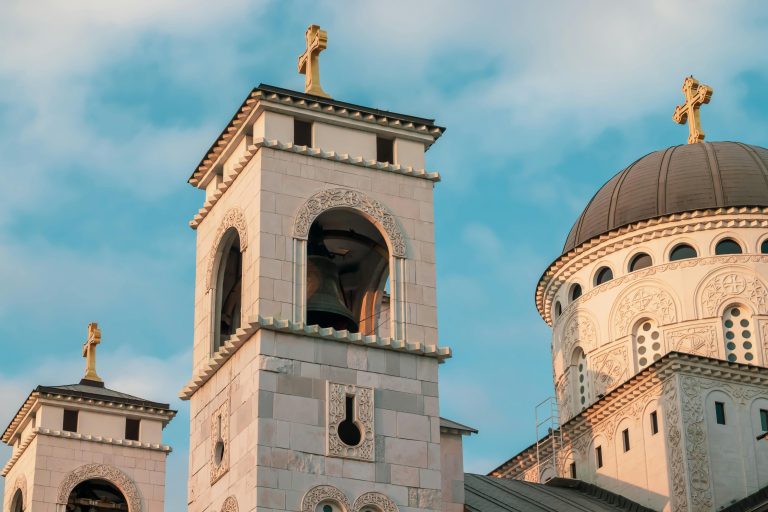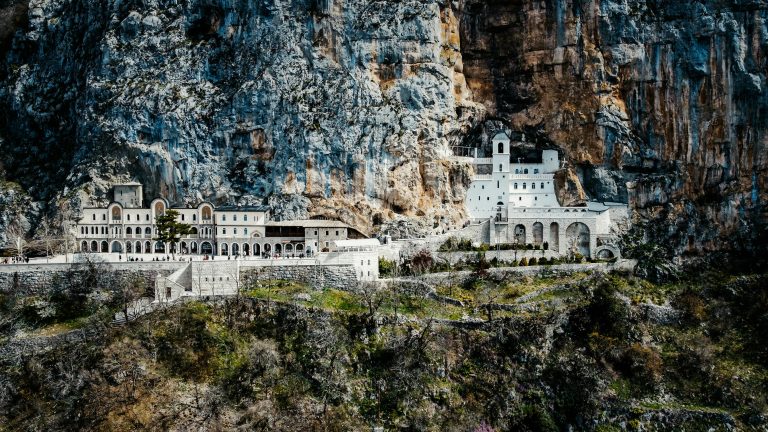Tivat, a coastal town in southwestern Montenegro, has transformed from a quiet naval port into one of the most glamorous destinations on the Adriatic. Situated in the central part of the Bay of Kotor (Boka Kotorska)—a UNESCO-listed natural harbor often described as one of the most beautiful bays in the world—Tivat enjoys a prime location between the Adriatic Sea and the towering Dinaric Alps. It is bordered by the historic towns of Kotor to the north and Budva to the south, while the scenic Luštica Peninsula lies just across the bay. This geographic positioning makes Tivat not only a natural crossroads of culture and commerce but also an ideal base for exploring Montenegro’s coastline and inland treasures.
Now best known for Porto Montenegro—a luxury marina and lifestyle development that attracts affluent travelers and yacht enthusiasts from around the world—Tivat blends modern sophistication with centuries of maritime history and stunning natural beauty.
A Snapshot of Tivat’s History
Tivat’s historical narrative is woven through centuries of diverse influences. Archaeological findings indicate that the area was inhabited during the Illyrian and Roman periods. Throughout the medieval era, it was under the control of various powers, including the Byzantine Empire, the Venetian Republic, and the Ottoman Empire. Each of these left a cultural and architectural imprint on the region.
In the late 19th century, Tivat gained new prominence when the Austro-Hungarian Empire established a naval base in nearby Kotor. The area later became home to a major shipyard and military port under Yugoslav control, with Tivat serving as a logistical hub. This naval legacy is still visible today, particularly in the town’s shipbuilding tradition and infrastructure.
The collapse of Yugoslavia and the subsequent political and economic changes in the Balkans set the stage for Tivat’s reinvention in the early 21st century. With the decline of the military industry, visionary investors saw an opportunity to transform the abandoned naval facilities into a luxury destination. Thus, Porto Montenegro was born, catapulting Tivat onto the international travel and investment map.
Porto Montenegro: Luxury Redefined
At the heart of modern Tivat’s identity is Porto Montenegro, a waterfront development that has redefined luxury tourism in the region. Built on the site of the former Yugoslav naval base, Porto Montenegro is now one of the most prestigious marinas in the Mediterranean. It offers berths for superyachts, upscale residences, designer shops, gourmet restaurants, art galleries, and a vibrant social scene.
Porto Montenegro is not just a marina but a curated lifestyle destination. Its design blends traditional Montenegrin architecture with modern luxury, creating a unique and appealing atmosphere. It has attracted a global clientele—yacht owners, celebrities, and investors—who see Tivat as a stylish and serene alternative to more crowded Mediterranean hotspots.
Beyond the glamor, Porto Montenegro has contributed significantly to the local economy, providing jobs, boosting tourism, and fostering an international community. It hosts cultural events, regattas, fashion shows, and music festivals, making it a year-round hub of activity.
Natural Beauty and Climate
While Porto Montenegro has garnered global attention, Tivat’s natural surroundings remain one of its most compelling attributes. The Bay of Kotor is often compared to a fjord, with dramatic mountains plunging into deep, calm waters. Tivat benefits from a Mediterranean climate with hot summers, mild winters, and over 260 sunny days a year.
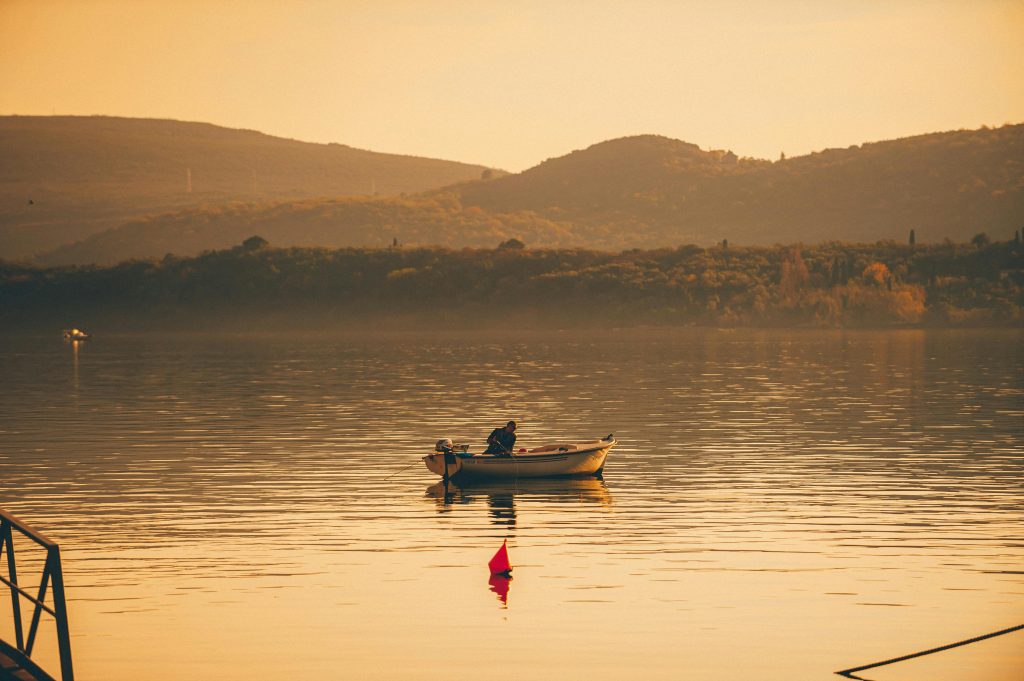
Tivat is also home to a series of small but charming beaches and coves. Plavi Horizonti, located on the Luštica Peninsula, is one of the most popular beaches, known for its soft sand and crystal-clear waters. The nearby island of Sveti Marko, once a resort island, remains largely undeveloped and is a peaceful retreat for boaters and kayakers.
The Solila Nature Reserve, a protected wetland area just outside of town, is a haven for birdwatchers and nature lovers. It supports a range of wildlife, including flamingos, herons, and various migratory birds, making it a great contrast to the luxury of the marina.
Cultural Identity and Attractions
Tivat is not solely defined by its modern developments. The town and its surroundings offer a blend of cultural heritage, traditional festivals, and historical landmarks. The town center features a pleasant promenade, local shops, and cafes that offer a taste of authentic Montenegrin life.
One notable attraction is the Buca-Lukovic Summer House, a Renaissance-style building dating back to the 16th century. It now serves as a cultural center, hosting exhibitions, concerts, and other events that celebrate local art and history.
The Naval Heritage Collection in Porto Montenegro is another gem. This museum displays restored naval equipment, including submarines, torpedoes, and maritime artifacts, offering insight into Tivat’s naval past. Visitors can walk through the submarine P-821 Hero, once part of the Yugoslav fleet.
Traditional festivals also form part of Tivat’s cultural calendar. Events such as the Bocce Tournament, Summer Fest, and Tivat Cultural Summer bring locals and tourists together through music, dance, food, and community spirit.
Tivat Airport and Transportation Connections
Tivat Airport (IATA: TIV) is one of Montenegro’s two international airports and serves as a vital gateway to the country’s coastal region. Conveniently located just 3 kilometers (about 10 minutes by car) from the center of Tivat, it provides quick and easy access to the Bay of Kotor, Porto Montenegro, and the nearby towns of Kotor, Budva, and Herceg Novi.
The airport operates seasonally and sees a surge in traffic during the summer months, with international flights connecting Tivat to cities across Europe including London, Paris, Moscow, Belgrade, Istanbul, and Zurich. Low-cost and charter airlines dominate the schedule during peak tourist season.

Taxis are readily available outside the terminal with fixed rates: approx. €10 to Tivat town, €15–20 to Kotor, and €25–30 to Budva. Bolt and Yandex Go ride-hailing apps are also widely used and often more economical.
While there’s no direct bus terminal at the airport, the main Tivat Bus Station is about 1.5 km away—a short taxi ride or 15-minute walk. From there, regular and affordable buses run to Kotor, Budva, Podgorica, and even Dubrovnik, making it a key hub for domestic and cross-border travel.
For independent explorers, car rentals are available at the airport with easy access to coastal highways and mountain routes. This is especially convenient for visiting remote beaches or national parks.
A Hub of Innovation and Development
Tivat is positioning itself not just as a tourist destination but as a center for innovation, sustainability, and international business. Initiatives like the Innovation and Entrepreneurship Center Tehnopolis aim to diversify the economy and attract new talent to the region.
Sustainability is increasingly emphasized through environmental regulations, eco-tourism promotion, and Porto Montenegro’s own green infrastructure.
Tivat for Travelers
For visitors, Tivat offers a balanced experience. Luxury seekers will enjoy Porto Montenegro, while nature lovers and culture buffs will appreciate the quiet beaches, rustic villages, and traditional charm.
Activities such as sailing, diving, kayaking, hiking, and island-hopping are all easily accessible. Day trips to Kotor, Perast, Budva, and even Dubrovnik are popular and convenient.
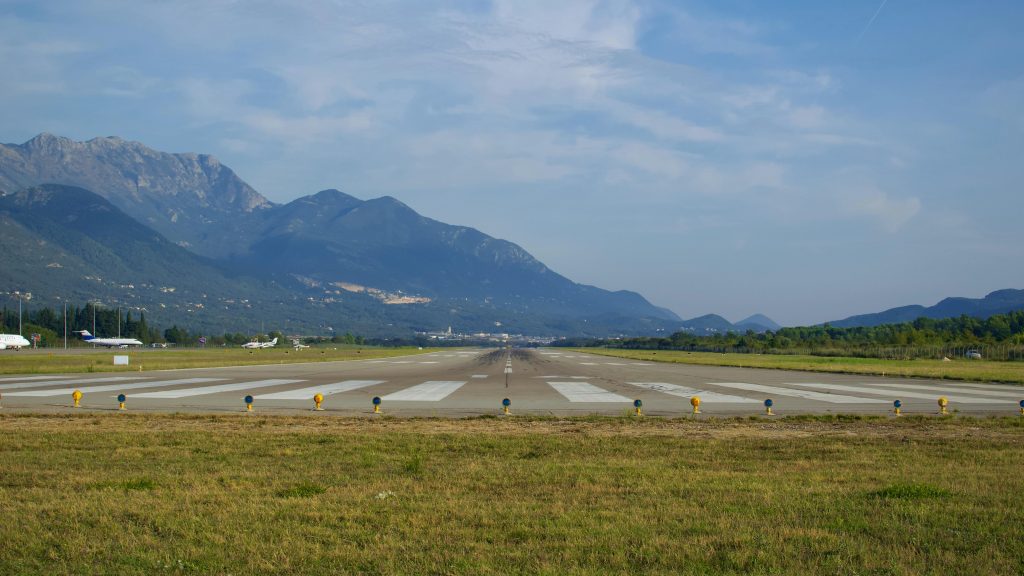
Accommodations range from upscale hotels and waterfront villas to boutique guesthouses and apartments. The food scene features fresh seafood, Mediterranean fare, and modern fusion, often with sea views and locally sourced ingredients.
Living in Tivat
Tivat has also emerged as a desirable place to live, not just visit. Its natural beauty, safe environment, and growing infrastructure make it ideal for digital nomads, expats, and retirees. A rising number of international schools, healthcare facilities, and real estate opportunities are furthering this trend.
The town offers a tranquil yet cosmopolitan lifestyle, where traditional Montenegrin hospitality blends seamlessly with modern comfort.
Conclusion
Tivat is a town of contrasts and harmony—a place where tradition meets modernity, where the Adriatic’s natural beauty complements cutting-edge design and luxury. From its humble beginnings as a naval town to its current status as a cosmopolitan marina destination, Tivat’s evolution is a story of vision, resilience, and transformation.
Whether you are drawn by the superyachts of Porto Montenegro, the quiet beaches of Luštica, or the cultural richness of the town itself, Tivat offers an experience that is both elegant and grounded. It stands today not only as one of Montenegro’s premier destinations but also as a symbol of what thoughtful, sustainable development can achieve on the Mediterranean coast.
